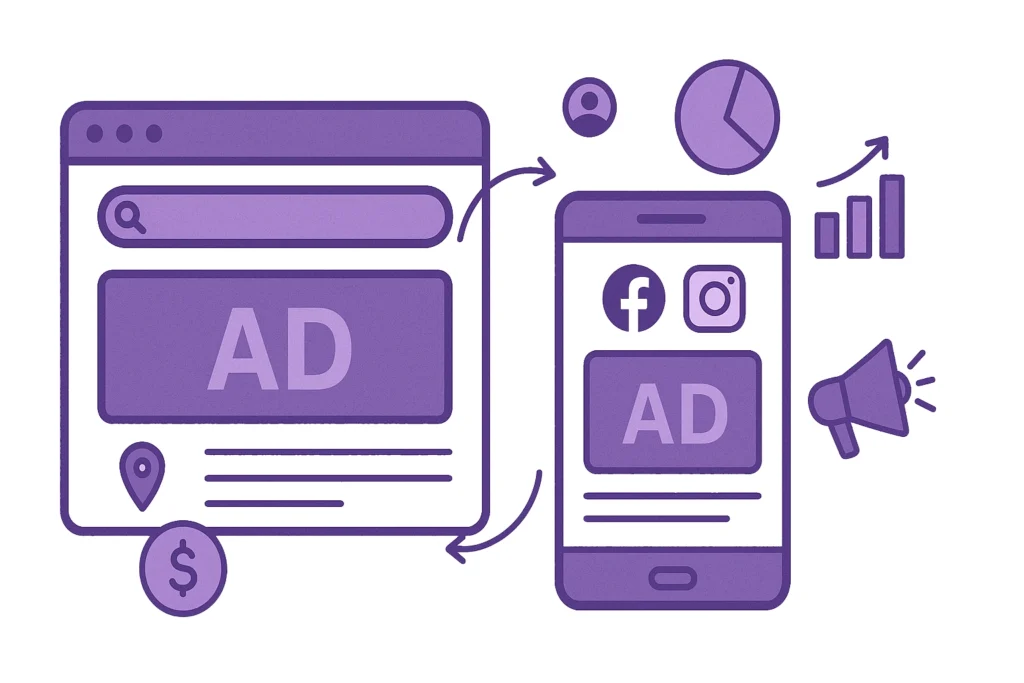In the digital world, first impressions are 94% design-related. For businesses looking to not only attract but also retain customers, understanding and implementing key web design principles is crucial. A website that combines aesthetics with functionality can significantly improve user experience (UX) and, consequently, conversion rates. Here’s a comprehensive guide on web design principles that convert, supported by statistics and case studies, to help you enhance your online presence.
Importance of Mobile Responsiveness
With over 50% of global website traffic coming from mobile devices, mobile responsiveness is no longer optional; it’s essential. A mobile-friendly website adjusts seamlessly to any screen size, providing an optimal browsing experience for users on any device. Google’s mobile-first indexing further emphasizes the importance, as it primarily uses the mobile version of the content for indexing and ranking.
Case Study: An online retailer redesigned their website to be mobile-responsive. This change led to a 35% increase in sales from mobile users within the first three months post-launch, showcasing the direct impact of mobile optimization on conversion rates.
Site Speed Optimization
A one-second delay in page load time can result in a 7% reduction in conversions. Site speed is a critical UX and SEO factor, as it directly affects user satisfaction and engagement. Optimizing images, leveraging browser caching, and minimizing code are effective strategies to enhance site speed.
Case Study: A SaaS company implemented site speed optimization techniques, reducing their homepage load time from 5 seconds to under 2 seconds. This improvement resulted in a 20% decrease in bounce rate and a 15% increase in lead generation conversions, illustrating the strong correlation between site speed and user engagement.
Intuitive Navigation
Users should be able to find information on your site effortlessly. Intuitive navigation involves a well-structured layout, clear menu labels, and a logical flow of content. This not only enhances user experience but also contributes to SEO performance by enabling search engines to crawl and index your site more effectively.
Color Psychology in Web Design
Colors evoke emotions and can significantly influence user behavior. Choosing the right color scheme for your website can enhance brand recognition by up to 80%. Understanding color psychology and its impact on user perception and actions is crucial for creating a visually appealing and effective website design.
Visual Hierarchy
Establishing a clear visual hierarchy guides users through your website’s content in a purposeful way, ensuring they notice the most important elements first. This can be achieved through the strategic use of size, color, and placement, directing attention where it’s most impactful.
Case Study: A nonprofit organization redesigned their donation page to emphasize the “Donate Now” button by using a contrasting color and larger font size. This simple change increased donations by 250% in the first month after implementation, demonstrating the power of visual hierarchy in guiding user actions.
Conclusion
Effective web design goes beyond aesthetic appeal; it plays a pivotal role in providing a superior user experience and driving conversions. By focusing on mobile responsiveness, site speed, intuitive navigation, color psychology, and visual hierarchy, businesses can create websites that not only attract visitors but also convert them into customers. As technology and user expectations continue to evolve, staying informed and adaptable is key to achieving and maintaining online success.





